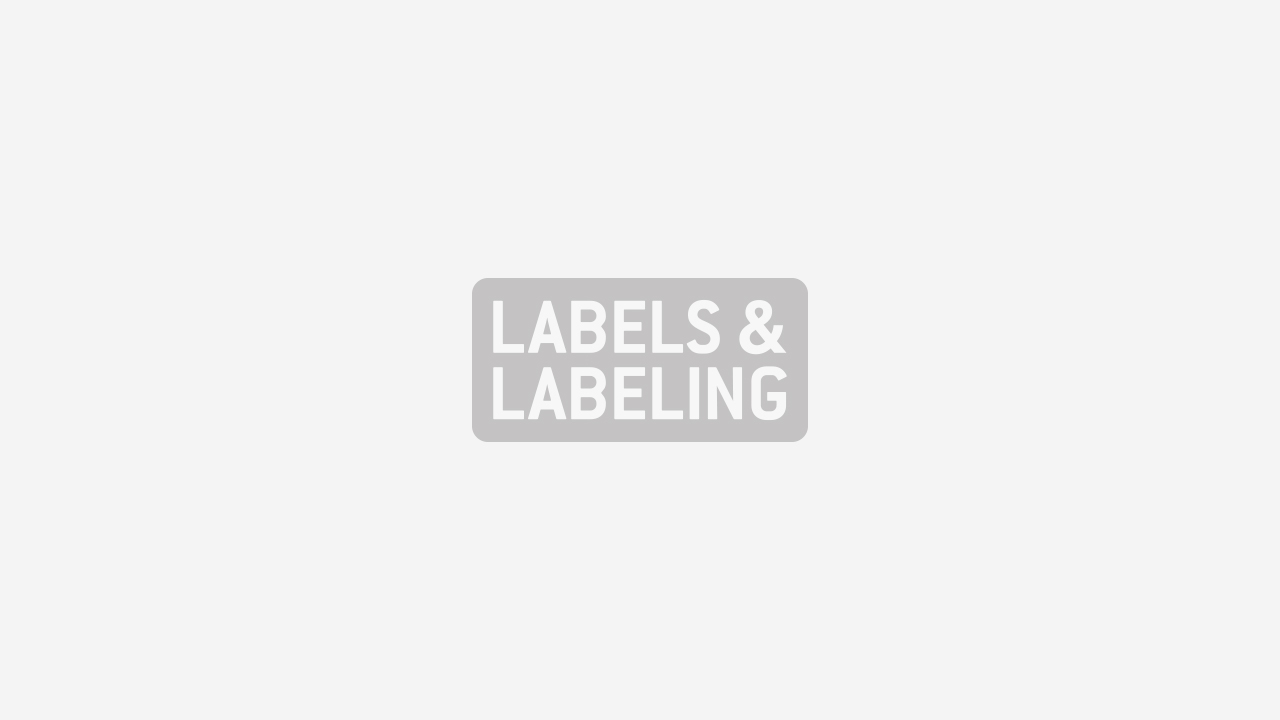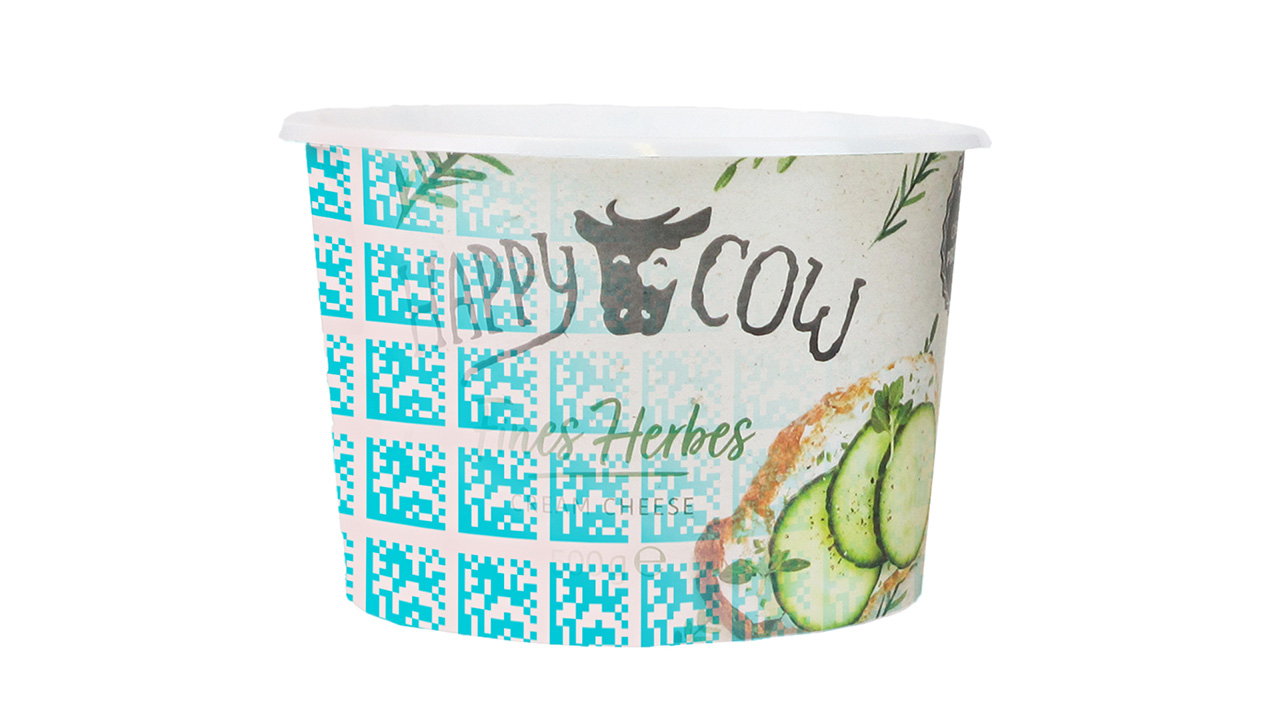‘Massive potential for Middle East label manufacturers’, conference told

 The Middle Eastern region is at the start of a huge potential growth curve in the area of labeling, delegates to the 2009 Middle East Label Summit were told on the third day of Gulf Print & Pack, held at Dubai’s Airport Expo Center from April 6-9.
The Middle Eastern region is at the start of a huge potential growth curve in the area of labeling, delegates to the 2009 Middle East Label Summit were told on the third day of Gulf Print & Pack, held at Dubai’s Airport Expo Center from April 6-9.
Roger Pellow, managing director of the Tarsus Labels Group, said that everywhere you looked there appeared to be tales of doom and gloom, but in reality the message for the labeling industry was a very healthy one.
‘The highest users of labels in the world are the Scandinavians,’ he explained, ‘with some 17m2 per head of population; and this is closely followed by the US and Europe with around 15m2. But if you look at other areas of the world, this figure falls to around one or two square meters. So there is a very healthy prospect for growth outside the western conurbations.
‘Europe accounts for some 36 percent of all labels produced in the world, followed by the US at 28 percent. But the Middle East is responsible for only one percent of worldwide label production, so the potential growth in this region is formidable.
‘Across the world, there is a growth rate in the labeling industry of between 3.5 and 4.5 percent compared with a growth in GDP of around 3.5 percent. In the Middle East, however, and particularly in the UAE, we see growth forecasts of 7 to 8 percent compared with a 3-5 percent growth in domestic GDP. So there is lots of opportunity coming to the region and whilst we see the total printing market in the Middle East extending to around $6 billion, around $1 billion of that is accounted for by labels.’
Pellow maintained that there were a significant number of threats and opportunities within the labeling market, not least of which was how customers were reacting to the economic climate. ‘In general they are using up their stocks of labels, which equates to longer lead times between reordering. There are fewer sales of high end product offerings with many consumers opting for own-brand supermarket products, and this in its turn is reducing the demand for high-end labeling. With smaller volumes of labels being demanded, pressure to lower prices and demands for extended credit, label converters are having to take a long hard look at their cash flows.
‘But on a positive note, as manufacturers and retailers need to shift product, they are more likely to opt for targeted marketing with a natural extension to this being a demand for customized labels and special offer labels in order to differentiate product and gain market share.
‘There are also a number of new opportunities being presented by the new technologies that are taking hold. For instance, in the areas of printed electronics, the growth of beverage packaging, in smart labeling (such as labels which track chilled modules of perishable prepared foods on flights to actively monitor time and temperature conditions) and in RFID labels (such as are used in airport baggage tagging).
‘Brand protection is another important area for label converters, as is anti-counterfeiting. When you consider that 30 percent of all available spare parts for one famous car manufacturer and many of the world’s best selling drugs have been forged or pirated, there is a great deal of potential for manufacturing labels that can be used to authenticate product.
‘So label manufacturers and converters should use this time to take stock of their businesses and prepare for the upturn in business, for the upturn is surely going to come.’
Stay up to date
Subscribe to the free Label News newsletter and receive the latest content every week. We'll never share your email address.

